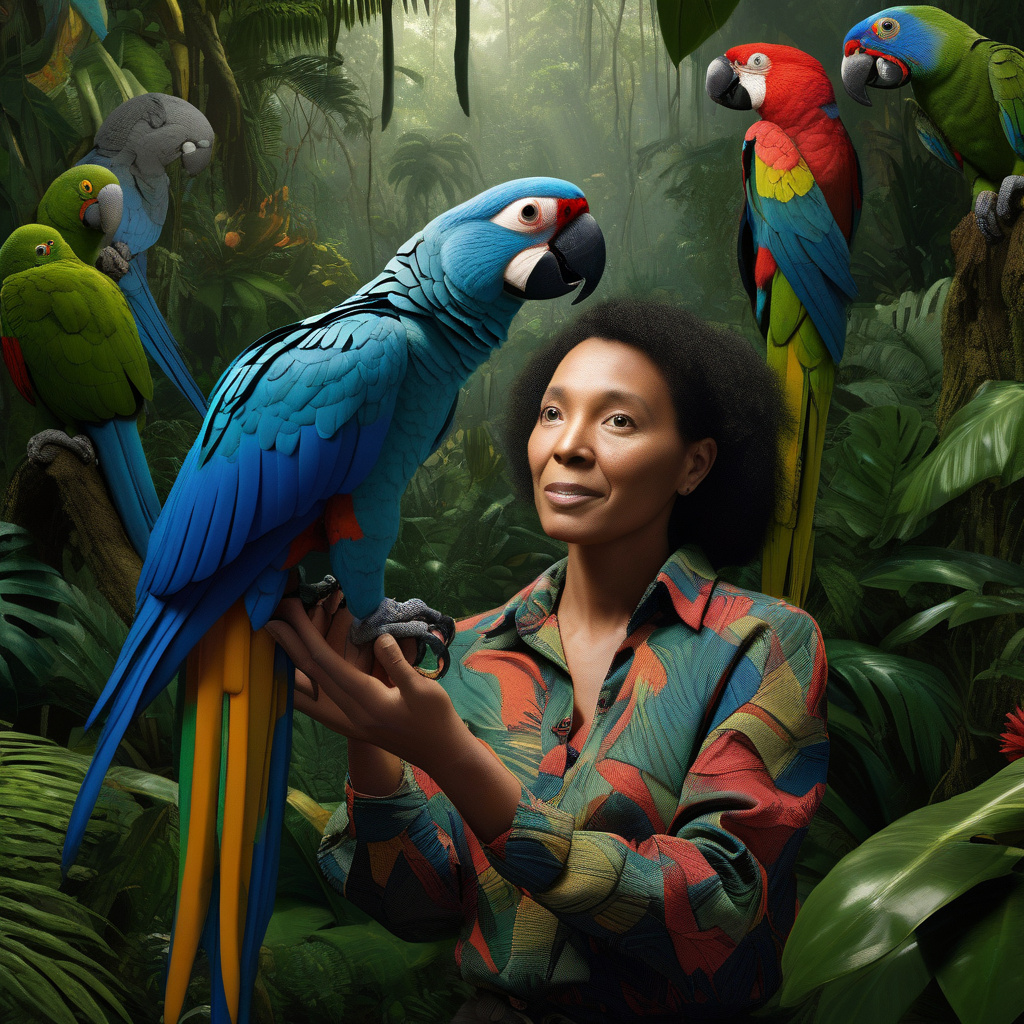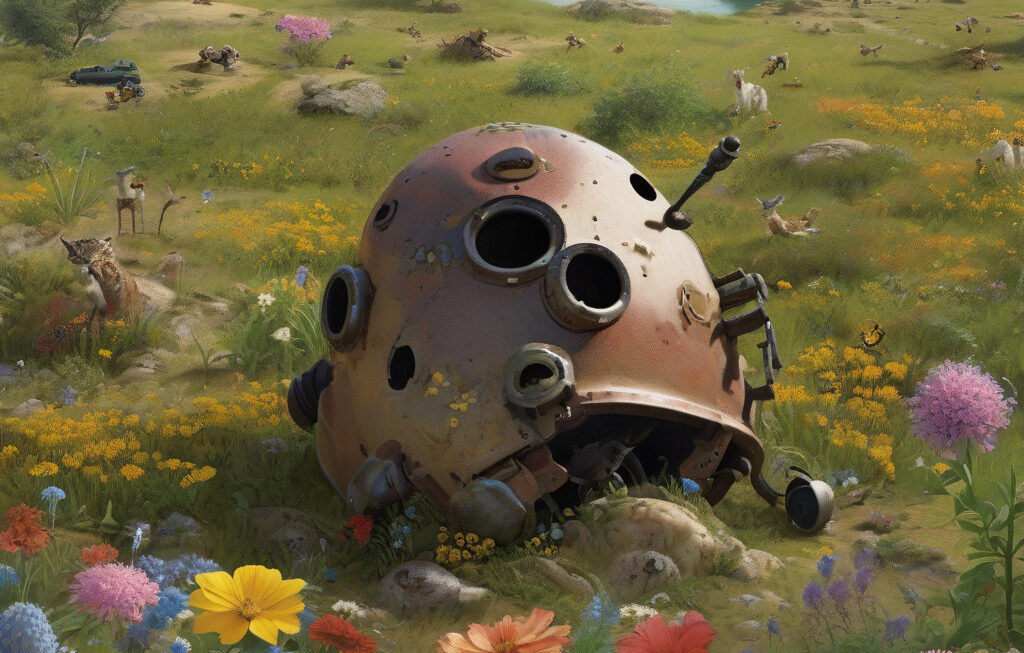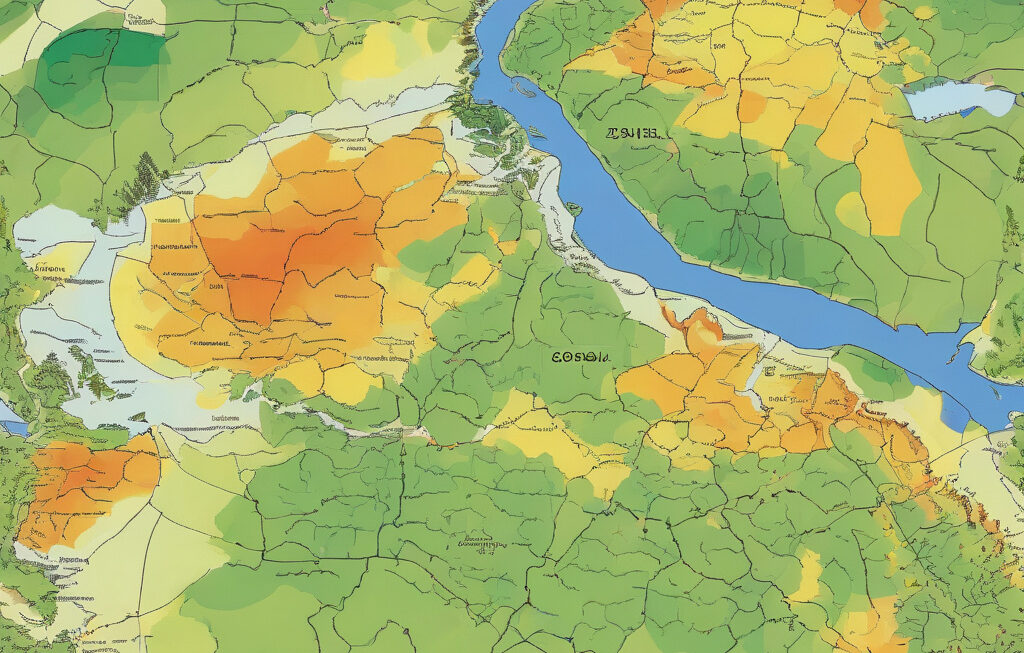Artificial Insemination Revives Endangered Parrot Population in New Zealand
As global bird populations face a severe crisis, a new conservation effort in New Zealand is offering a ray of hope for the revival of endangered parrots. With the help of artificial insemination techniques, conservationists are successfully breeding parrots that were once on the brink of extinction.
The Kakapo, also known as the night parrot, is a prime example of a species that has greatly benefited from artificial insemination. Native to New Zealand, Kakapos faced a rapid decline in numbers due to habitat loss, invasive predators, and low breeding rates. However, with innovative reproductive technologies, conservationists have been able to turn the tide for these unique birds.
Artificial insemination has enabled researchers to collect and fertilize eggs from Kakapo females, increasing the chances of successful breeding. By carefully monitoring the reproductive health of the parrots and using assisted reproductive techniques, experts have been able to boost the population of Kakapos significantly.
One of the key advantages of artificial insemination is its ability to overcome reproductive challenges faced by endangered species. In the case of Kakapos, factors such as low genetic diversity and infertility issues have been major obstacles to natural breeding. Through artificial insemination, conservationists can bypass these challenges and ensure the survival of the species for future generations.
Moreover, artificial insemination allows conservationists to create genetically diverse populations by carefully selecting male donors. By introducing new genetic material into the breeding pool, researchers can enhance the overall health and adaptability of the parrot population, making it more resilient to environmental threats.
The success of artificial insemination in reviving endangered parrot populations highlights the crucial role of innovation in conservation efforts. As the global biodiversity crisis escalates, it is essential for researchers to explore new technologies and approaches to safeguard vulnerable species.
Beyond its conservation benefits, artificial insemination also serves as a valuable tool for scientific research and education. By studying the reproductive biology of endangered parrots, researchers can gain insights that may have broader applications in wildlife management and veterinary medicine.
In conclusion, the use of artificial insemination in the conservation of endangered parrots represents a milestone in wildlife preservation. By leveraging innovative reproductive technologies, conservationists are not only saving species from the brink of extinction but also paving the way for a more sustainable future for biodiversity conservation.
#ArtificialInsemination, #EndangeredParrots, #ConservationEfforts, #WildlifePreservation, #InnovativeTechnologies












